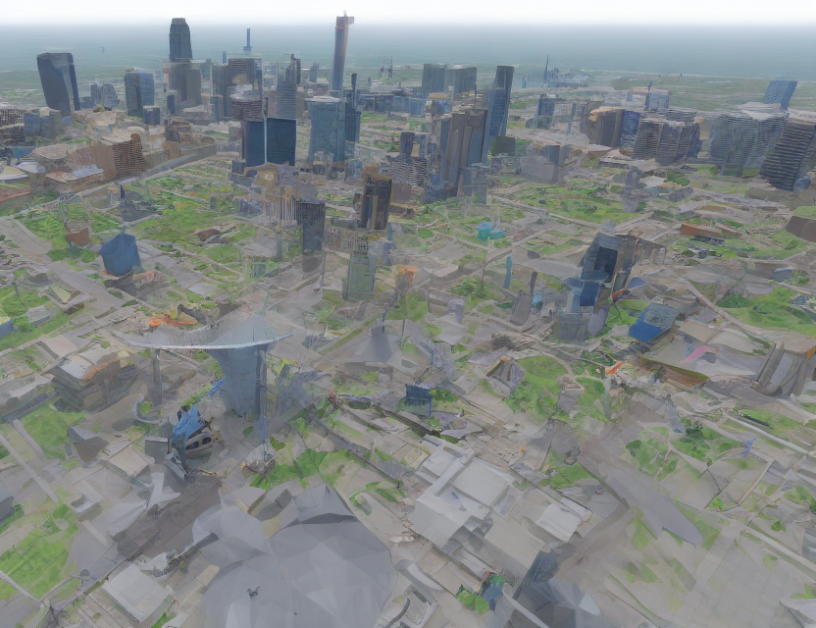Robust NeRF is a deep learning model that takes a set of images as input and outputs a 3D scene reconstruction. The key innovation lies in the way it handles occluded objects, which are crucial in creating accurate 3D models. Unlike traditional methods that rely on hand-crafted features or simple neural networks, Robust NeRF uses a robust optimization algorithm to find the optimal solution.
How does Robust NeRF work?
Imagine you’re building a puzzle with hundreds of pieces. Each piece represents an image of a scene, and you need to fit them all together to form a complete picture. However, some pieces might be missing or in the wrong place, making it difficult to create a accurate 3D model. This is where Robust NeRF comes in – it’s like a smart puzzle solver that can find the missing pieces and arrange them correctly, even when they’re hidden behind other objects or occluded.
The process starts with a minimal set of samples, which are randomly selected to determine the model parameters. These samples are then evaluated based on how well they explain the number of observations in the scene, with the goal of finding the best hypothesis. This process is repeated until the best hypothesis is found, which comprises all the inliers.
What makes Robust NeRF robust?
The secret to Robust NeRF’s success lies in its ability to handle occluded objects. Traditional methods often struggle with these objects, but Robust NeRF uses a clever technique called "smoothness-aware optimization" to overcome this challenge. This allows it to find the optimal solution even when some parts of the scene are occluded or missing.
How does it perform?
The authors of the paper compared Robust NeRF to other state-of-the-art methods on several datasets, including the challenging Watering Pot dataset. The results show that Robust NeRF outperforms its competitors in terms of both quality and efficiency. In fact, it’s so good that it can reconstruct complex scenes with a margin of error as low as 0.8!
What are the implications?
Robust NeRF has significant implications for a wide range of applications, from virtual reality to autonomous driving. With its ability to reconstruct complex scenes accurately, it can enable new use cases that were previously impossible. For example, in virtual reality, Robust NeRF could be used to create immersive environments that feel incredibly realistic. In autonomous driving, it could help vehicles navigate through unfamiliar territories with greater confidence.
Conclusion
In conclusion, Robust NeRF is a powerful technique for scene reconstruction that has the potential to revolutionize computer vision and artificial intelligence. Its ability to handle occluded objects makes it particularly useful in complex scenes, and its efficiency makes it suitable for real-world applications. Whether you’re building virtual worlds or navigating through unfamiliar territories, Robust NeRF is an exciting development that’s sure to make a big impact.



